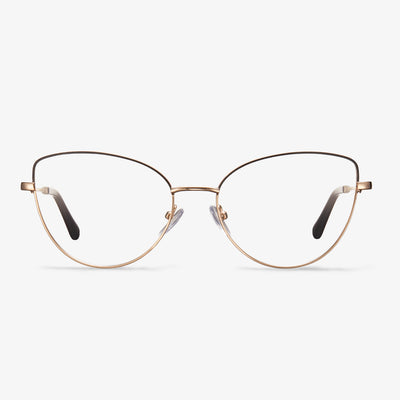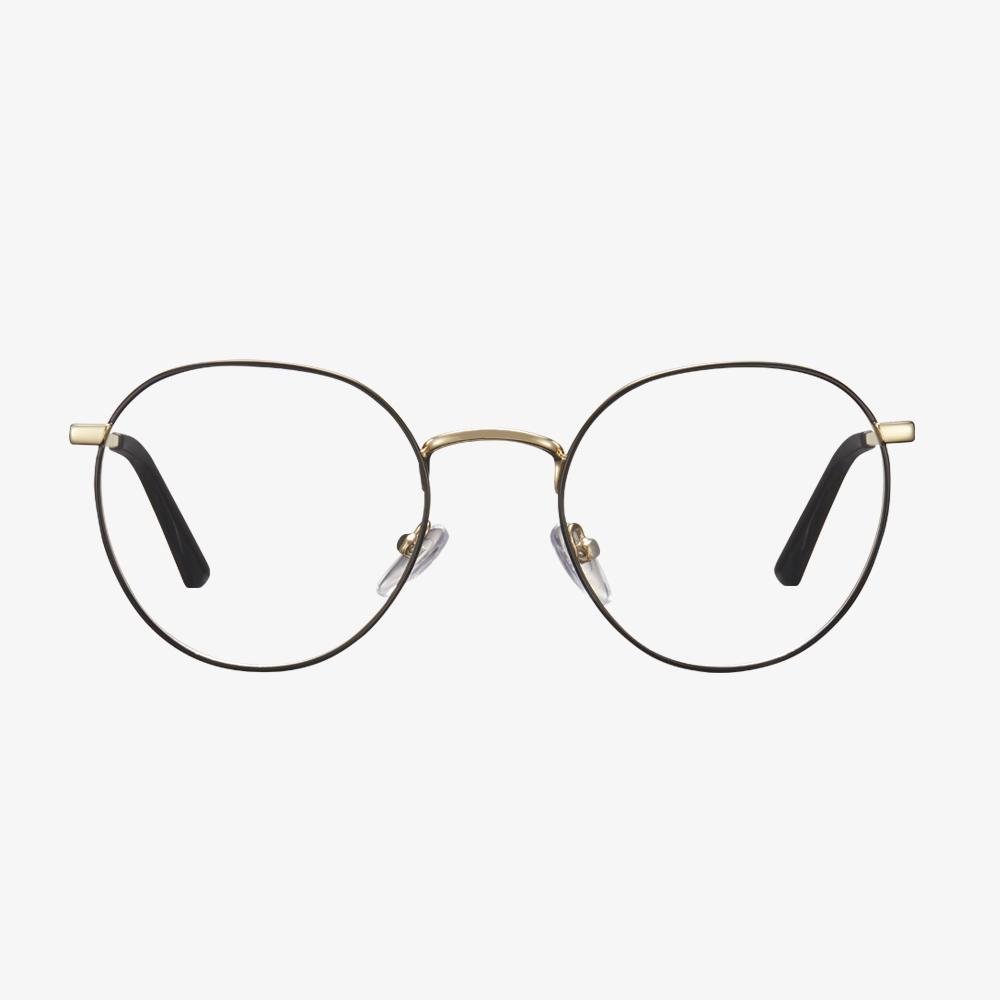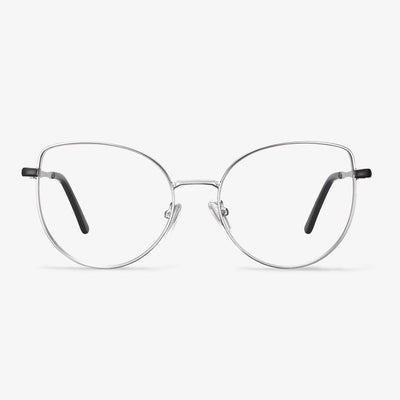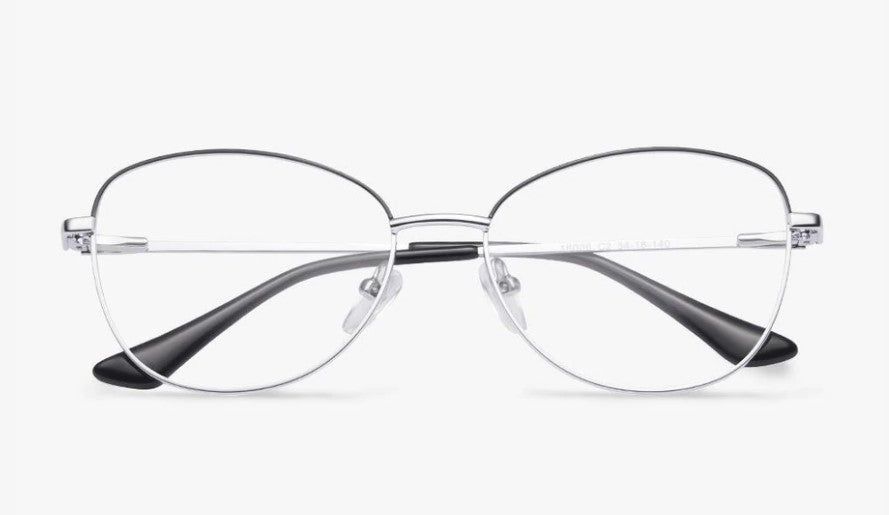How to Choose Glasses for Face Shape?
How to choose glasses to suit my face? For the oval face shape, the walnut-shaped frames that are not too deep or narrow are a very good choice. For heart-shaped faces, the light-colored frames and rimless frames that have a light, airy appearance also are good choices. For oblong face shape, the frames with decorative or contrasting temples would be a good choice.
For square face shape, narrow frame styles are recommended. For diamond face shape, rimless spectacles and frames with oval or cat-eye shapes can be good choices. For round face shape, frames with a clear bridge and rectangular frames that are wider than they are deep would be good choices. For base-down triangle shapes, the frames with cat-eye shapes are recommended.
When selecting the eyeglasses shapes, you also need to consider other factors, such as hairstyle, eye color, and so on.
In addition, to choose eyeglasses, you can try Koalaeye Optical, which provides all kinds of glasses frames, eyeglasses, and sunglasses.
Are children optometry matched with glasses the same as adults?
The optometry of children is one of the main works of optometry. Compared with adult optometry and glasses, children's optometry and glasses have both commonness and particularity. It is an area at the intersection of pediatric ophthalmology, pediatric optometry, and optometry. It requires the operator not only to have the knowledge of ophthalmology but to have the basis of children's ophthalmology and children's optometry. And they should be an optometry expert. Dealing with children's refractive problems is as much an art as a technique.
Oakley Plank 2.0
Rectangular frames like Oakley sunglasses can help increase the size of round faces, and satin black adds a bold element to the frames. The plastic material makes these frames both light and durable. The wrapped arms are the Oakley brand's signature and help keep the glasses close to the face without pinching.
The design evolution of progressive lenses
Spherical and aspheric designs
The design of the front surface of the far-use area of the early progressive lens is similar to that of the ordinary spherical single vision lenses, so it is called a spherical progressive lens. Since 1974, the front surface of the far-use region of the lens is designed to be aspheric by designers, which not only reduces the peripheral aberration but makes the lens thinner, lighter, and less powerful.
Hard and soft design
For hard design, the channel is short, and the gradient is large. The near-use area position is high. The effective visual area of remote and near-use areas was larger. Peripheral astigmatism is relatively concentrated. Because surrounding astigmatism increases rapidly and the distribution is dense, the curve effect is more obvious. The gradient area is narrow. It is more difficult and takes longer for wearers to adapt.
Lenses with soft designs have slower gradients, longer gradients, and wider gradients. The angle of rotation of the eye from the far area to the near area is greater. It's easier to get used to. Compared with the hard design, the effective visual area of the far and near use areas is smaller, and the location of the near use area is lower.
Single, diverse, and individualized design
Initially, the progressive lenses used a single design, in which each basic curve was scaled equally and a luminosity combination was added within the range of its semi-finished lens blanks. The steepest base curve uses the same lens design as the flattest base curve. Lenses designers quickly realized that the overall performance of the lens could be improved by microcustomizing the lens design, leading to progressive lenses with multiple designs. This kind of design is called diverse design. By the mid-1990s, there was the emergence of individualized lens designs. In addition to using different gradients, these first individualized lens designs used steeper baseline curves with a slightly larger approach area to compensate for increased magnification and reduced field of view.
Symmetrical and asymmetric design
There is no difference between the left and right eyes in the symmetrical design of progressive lenses. As the eyes turn inward when they see near objects, the gradual gradient area gradually tilts to the nasal side from top to bottom, so the left/right progressive lenses should be rotated clockwise/counterclockwise respectively during processing. An asymptotic lens with left and right eye divisions is called an asymmetric design. The gradient is gradually and moderately inclined to the nasal side from top to bottom. The refractive force, astigmatism, and vertical prism of the two sides of the left and right gradient of the asymmetric design lenses are basically similar. At the same time, considering the characteristics of eye movement parameters in binocular vision, the peripheral aberrations of the corresponding positions of the left and right lenses were appropriately balanced to improve the visual effect of the wearer.
The lifetime of contact lens
Traditional type: the replacement cycle is more than 3 months, not more than 1 year, that is, we say we abandon after one season, and we can abandon after half a year and a year.
Frequent-change type: the replacement cycle is more than 2 weeks, not more than 3 months, that is, we often say that we throw them after 1 month or two weeks.
Abandoned type: as a one-time use, common for the day use.
Contact lenses, like food, have an expiration date. For example, the shelf life of daily contact lenses is one day (after it is opened), and can not exceed this time. And the life span of a pair of glasses depends on how long you use them each day. Although different lens materials determine different wear times, we recommend that soft lenses should not be worn for more than 8 hours per day (do not wear soft contact lenses to sleep). Traditional contact lenses can be used for a long time, so the lens is easy to produce protein-lipid deposition, and then they are easy to cause eye surface inflammation and hypoxia reaction. If conditions permit, it is recommended to choose the frequent-change type and discard type, the shorter the cycle, the healthier.
Other problems with titanium frames
For the same volume of frames, alloy frames are twice as likely to break as pure titanium frames, and for the same weight, alloy frames break more easily than pure titanium frames.Therefore, some sellers have to add a lot of copper in alloy material and impure titanium material to increase the toughness of the frame, so that the alloy frame is easy to rust, and long-term wear will be eroded because of the salt in sweat.
Two Tone Cat Eye Glasses
Cat eye glasses, the statement frame is the perfect finishing touch to elevate any outfit and playful cat-eye creates a fun, polish look. The two tone cat eye glasses with silver and black finishes. The style often uses the same principles as Browlines, featuring a darker color on top, blending into a lighter silver color towards the bottom.












































